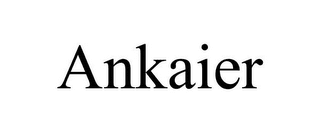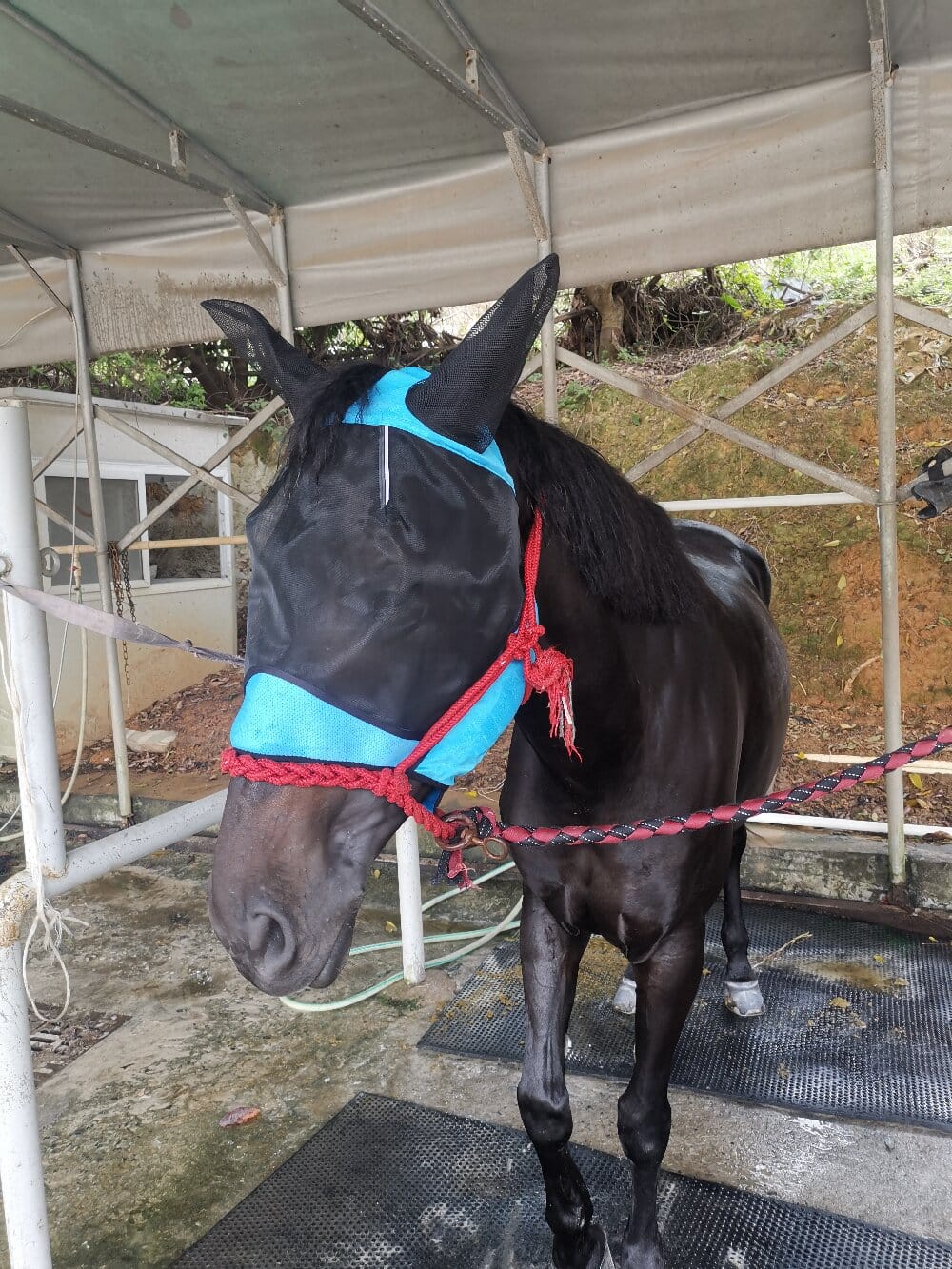A horse fly mask is an indispensable piece of equine equipment for many owners, serving as the primary defense against relentless insects. However, the latest trends in equine care have elevated this simple accessory from a basic nuisance-blocker to a sophisticated tool for comprehensive health and performance management. Today’s market offers a diverse array of designs that address not only the irritation caused by flies but also concerns related to ultraviolet light, environmental debris, and overall equine comfort. The evolution of materials, fit, and specialized features reflects a deeper understanding of equine welfare and the desire to provide proactive, preventative care for our horses.
Advanced Materials and Enhanced Breathability
The foundation of any high-quality equine fly veil is its material. The latest advancements have moved beyond traditional, often stiff, mesh fabrics. Modern masks are increasingly crafted from technical textiles that offer superior airflow while maintaining exceptional durability. Many premium options now utilize lightweight, elastic polymers that are knit, not woven, creating a soft, flexible, and virtually non-irritating second skin for the horse. This focus on breathability is critical; it prevents heat buildup and sweat accumulation under the mask, which can itself lead to skin issues. Furthermore, these advanced materials are often treated with anti-microbial or odor-resistant coatings, ensuring the mask remains hygienic for longer periods between washes, a significant upgrade in daily stable management.
Integrated UV Protection: A Critical Health Feature
One of the most significant trends in the design of equine face protection is the integration of full-spectrum ultraviolet protection. Just as in humans, prolonged sun exposure can be detrimental to horses, particularly those with pink skin or light-colored coats around the muzzle and eyes. UV rays can cause painful sunburns and contribute to the development of squamous cell carcinoma, a serious form of skin cancer. Consequently, many contemporary fly masks now boast a UPF (Ultraviolet Protection Factor) rating of 50 or higher, effectively blocking over 98% of harmful UVA and UVB rays. This feature transforms the mask from a seasonal item into a year-round health essential for susceptible horses, providing peace of mind for owners during turnout in all seasons.
Specialized Designs for Specific Equine Needs
The market now recognizes that one size does not fit all when it comes to protecting a horse’s head. Recent trends show a clear move towards specialized designs that cater to specific requirements. For horses prone to eye issues like uveitis, masks with 100% blackout lining are available to create a dark, calming environment that can help manage the condition. For equine athletes or those in dusty environments, masks with finer mesh around the eyes offer protection from tiny particulates without sacrificing visibility. Another notable innovation is the extended nose cover or full-face guard, which provides comprehensive coverage from forehead to upper lip, a feature particularly valued for horses with sensitivity on their muzzles. The attention to detail also extends to fastenings, with breakaway safety systems and soft, adjustable fleece-lined straps becoming standard on better-quality products to ensure security without compromising safety.
Focus on Fit, Comfort, and Durability
Beyond the materials and special features, the overarching trend is a relentless focus on ergonomic fit and long-term comfort. Manufacturers are investing in detailed anatomical shaping to ensure masks stay in place without rubbing or creating pressure points, even during vigorous rolling or playing in the field. This involves strategic darting, contoured seams, and stretch panels that accommodate the unique contours of a horse’s face. Durability is also a key selling point, with reinforced stitching at high-stress areas and tear-resistant fabrics that can withstand the rigors of daily pasture life. The goal is to create a product that the horse forgets it’s wearing, encouraging consistent use and maximizing the protective benefits.
Making an Informed Choice for Your Horse
Selecting the right face protection requires careful consideration of your horse’s individual environment and needs. Key factors to evaluate include:
- Primary Threat: Is the main concern biting insects, UV light, or dust?
- Fit: Does the mask offer a secure yet comfortable fit without obstructing vision or movement?
- Material: Is the fabric breathable, soft, and durable enough for your horse’s lifestyle?
- Safety: Does it feature a reliable breakaway system to prevent injury?
- Ease of Care: Is the mask machine washable for easy maintenance?
By assessing these elements, owners can move beyond a one-size-fits-all approach and choose a product that offers targeted benefits.
Conclusion: A Vital Tool in Modern Equine Management
The contemporary horse fly mask represents a significant convergence of animal science, material technology, and practical design. It has evolved from a simple screen to a multi-functional health accessory that safeguards against a spectrum of environmental challenges. The latest trends underscore a proactive approach to equine care, where preventing issues like insect-borne diseases, UV damage, and eye irritation is prioritized. By investing in a well-designed mask that offers superior protection, comfort, and safety, horse owners can significantly enhance their animal’s quality of life, ensuring they remain healthy, comfortable, and content throughout the seasons.

